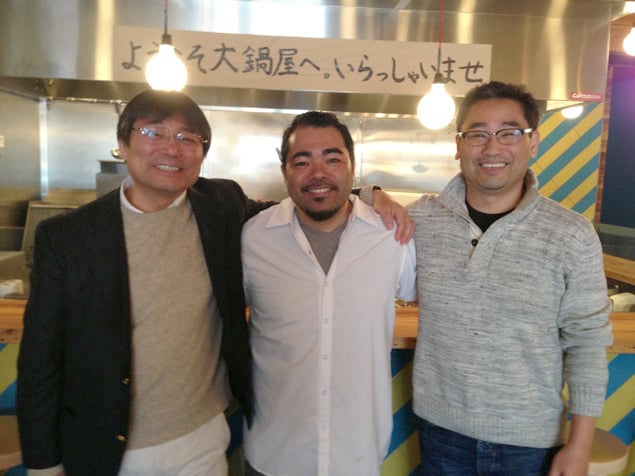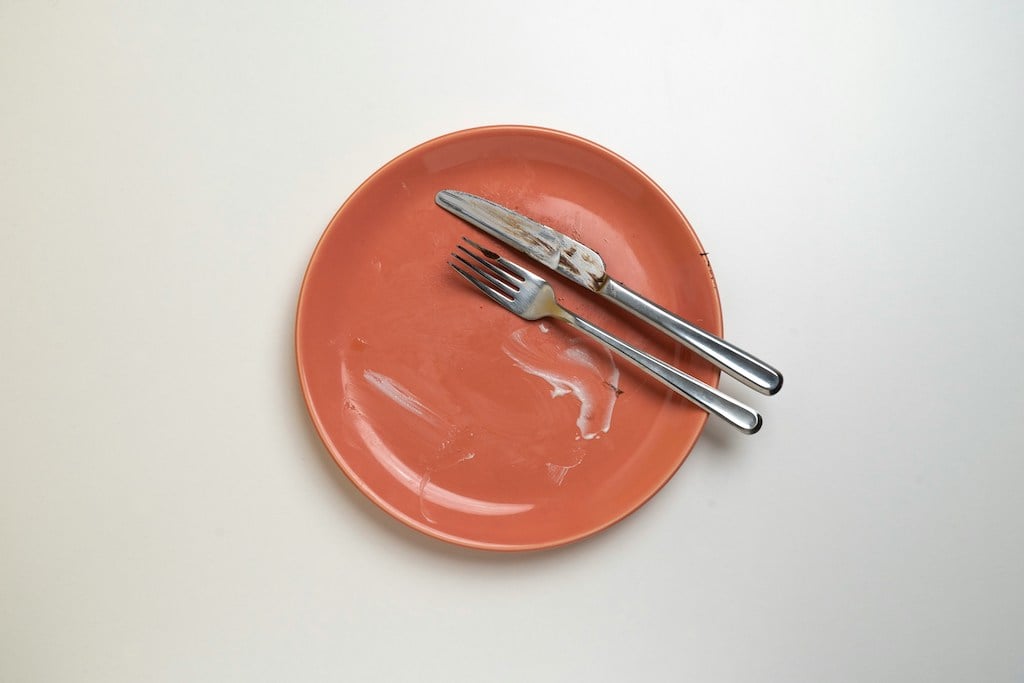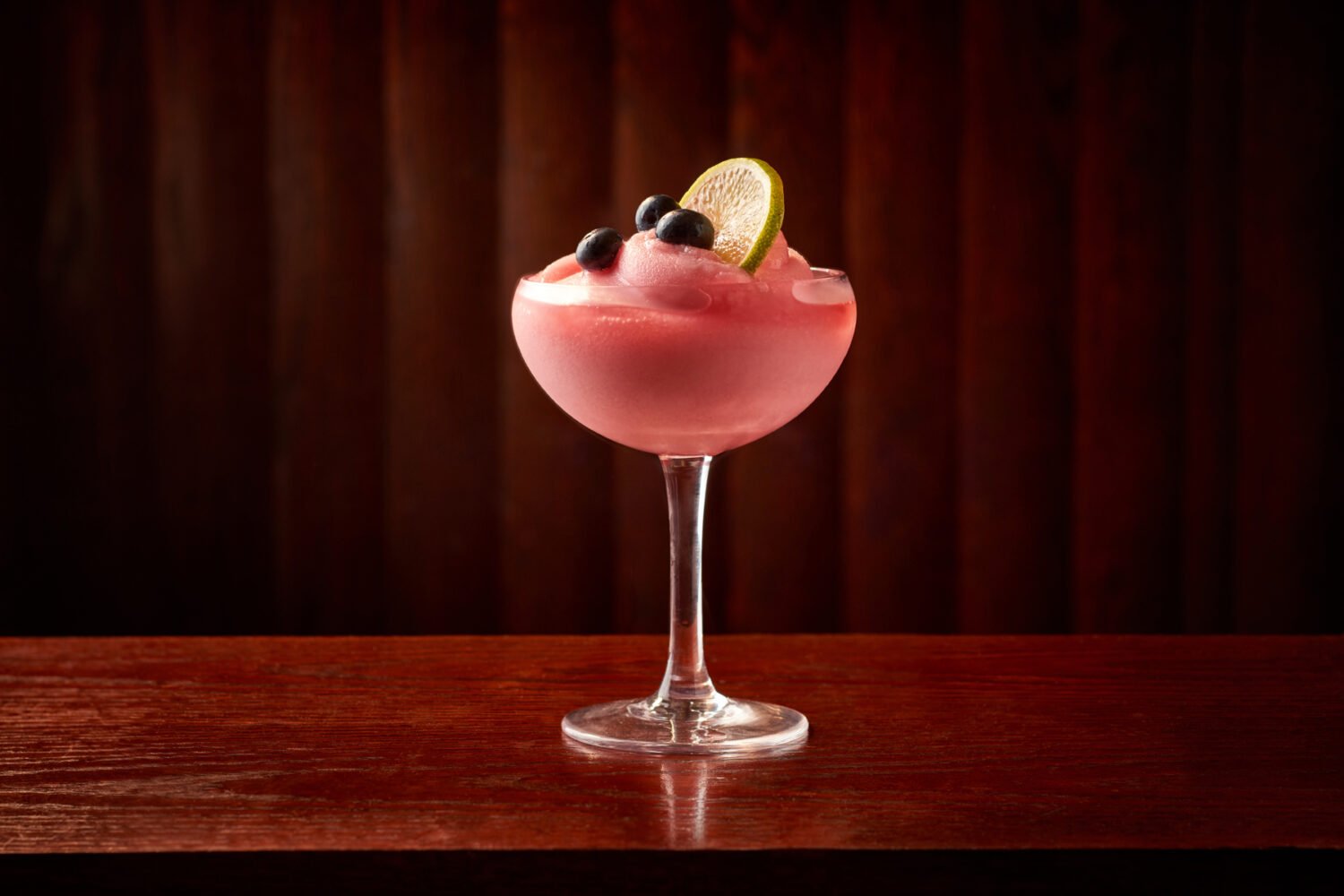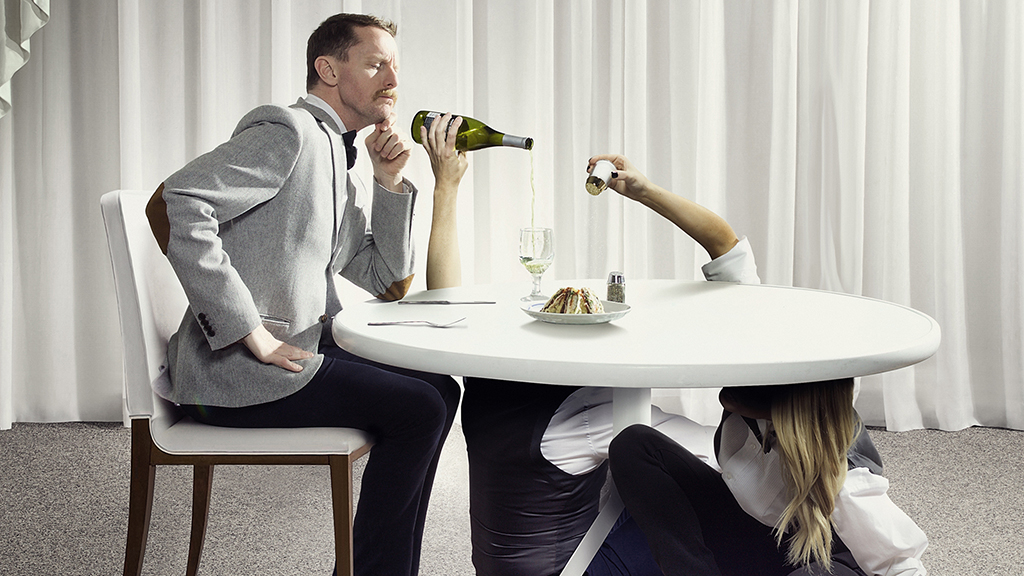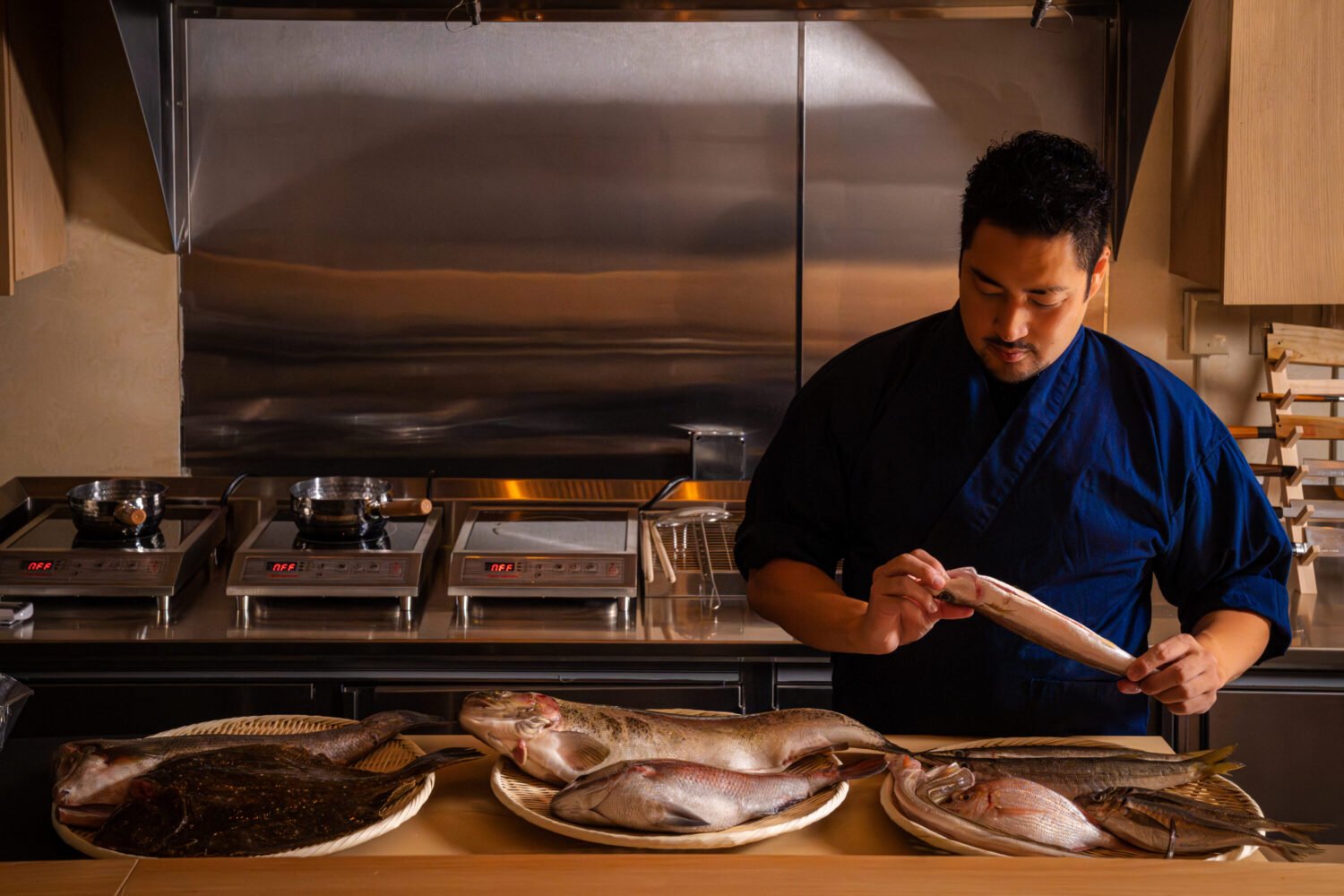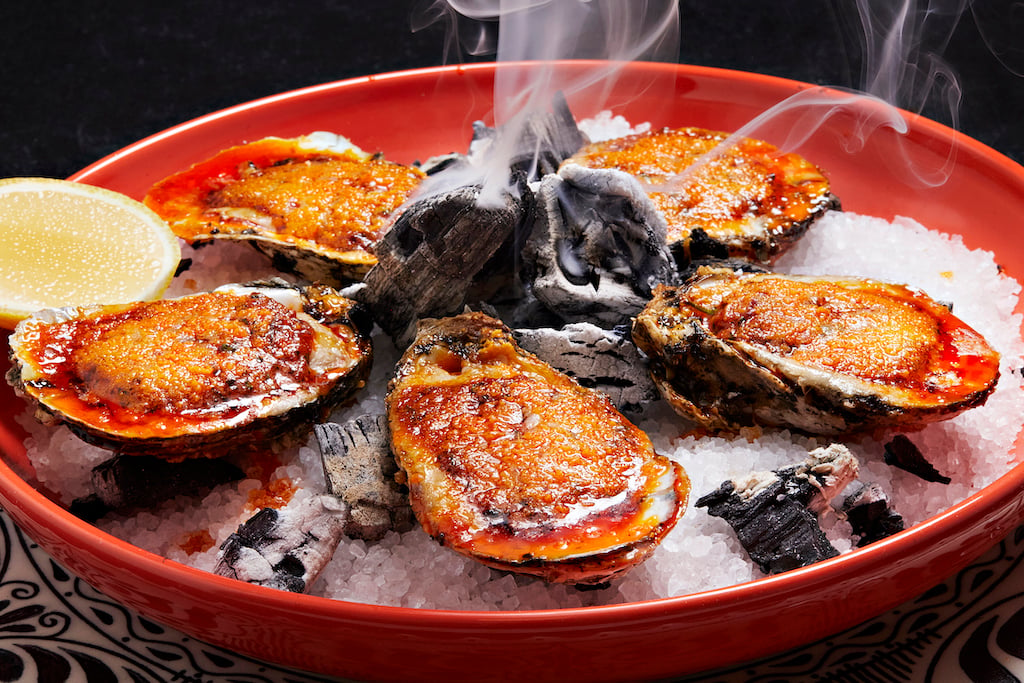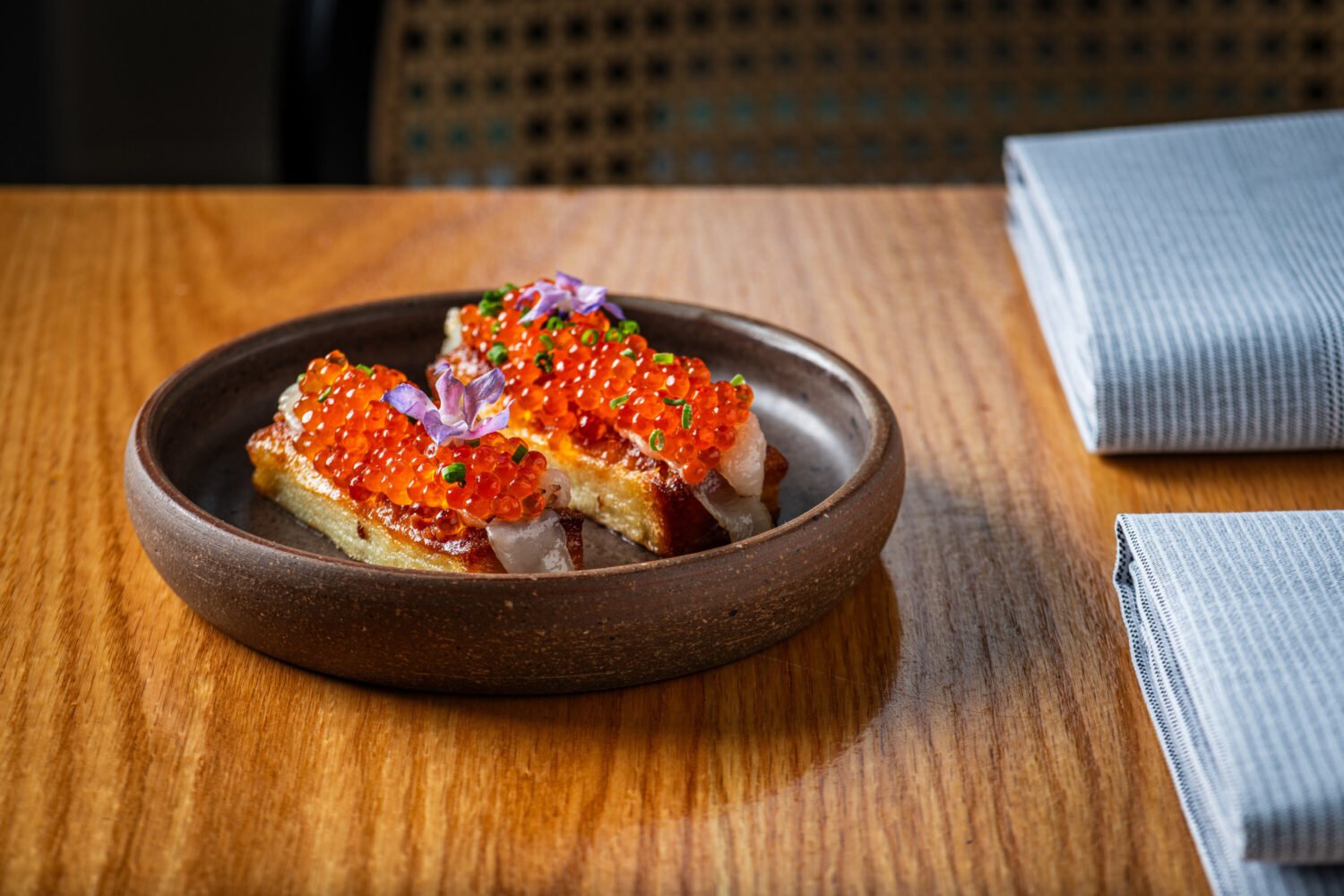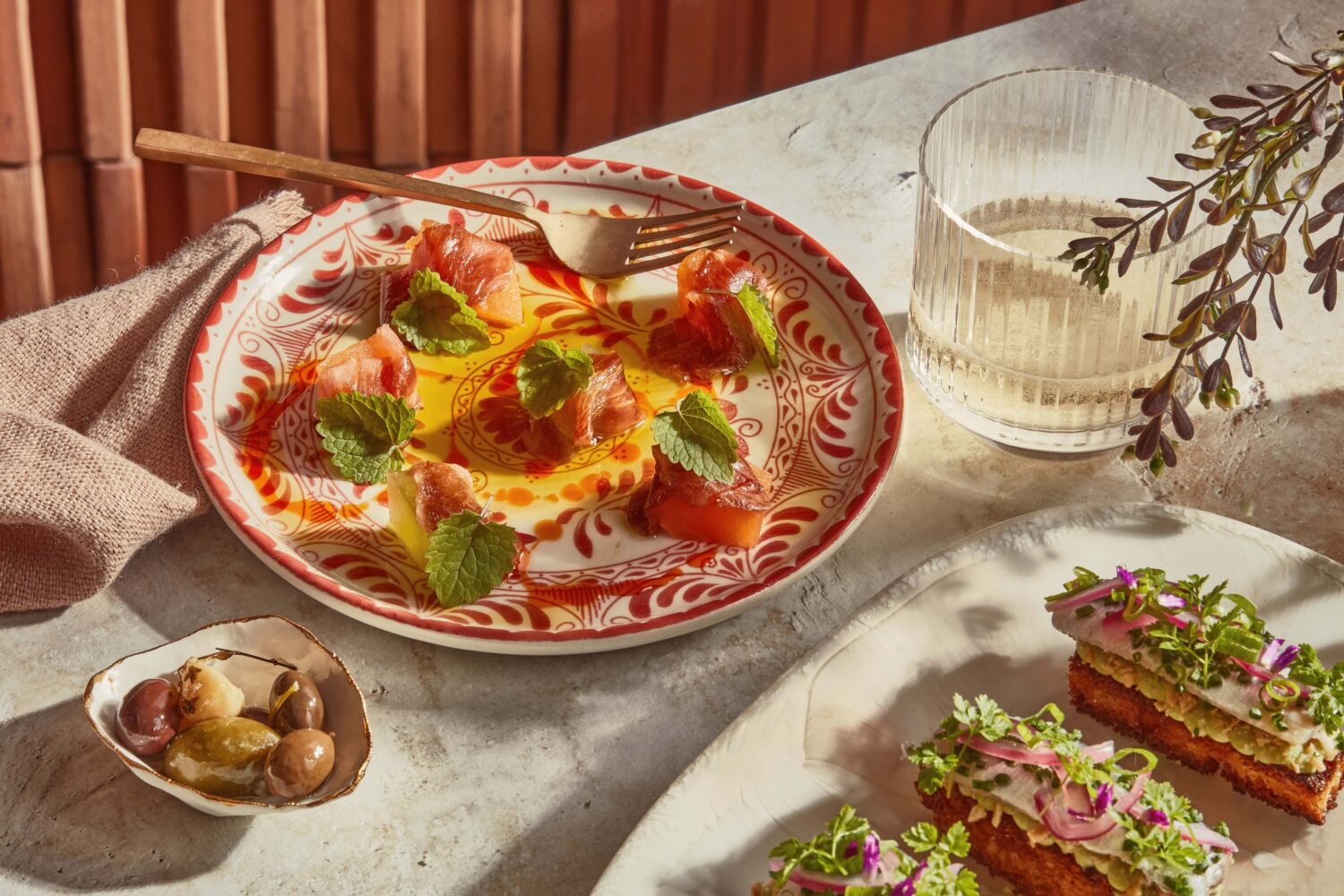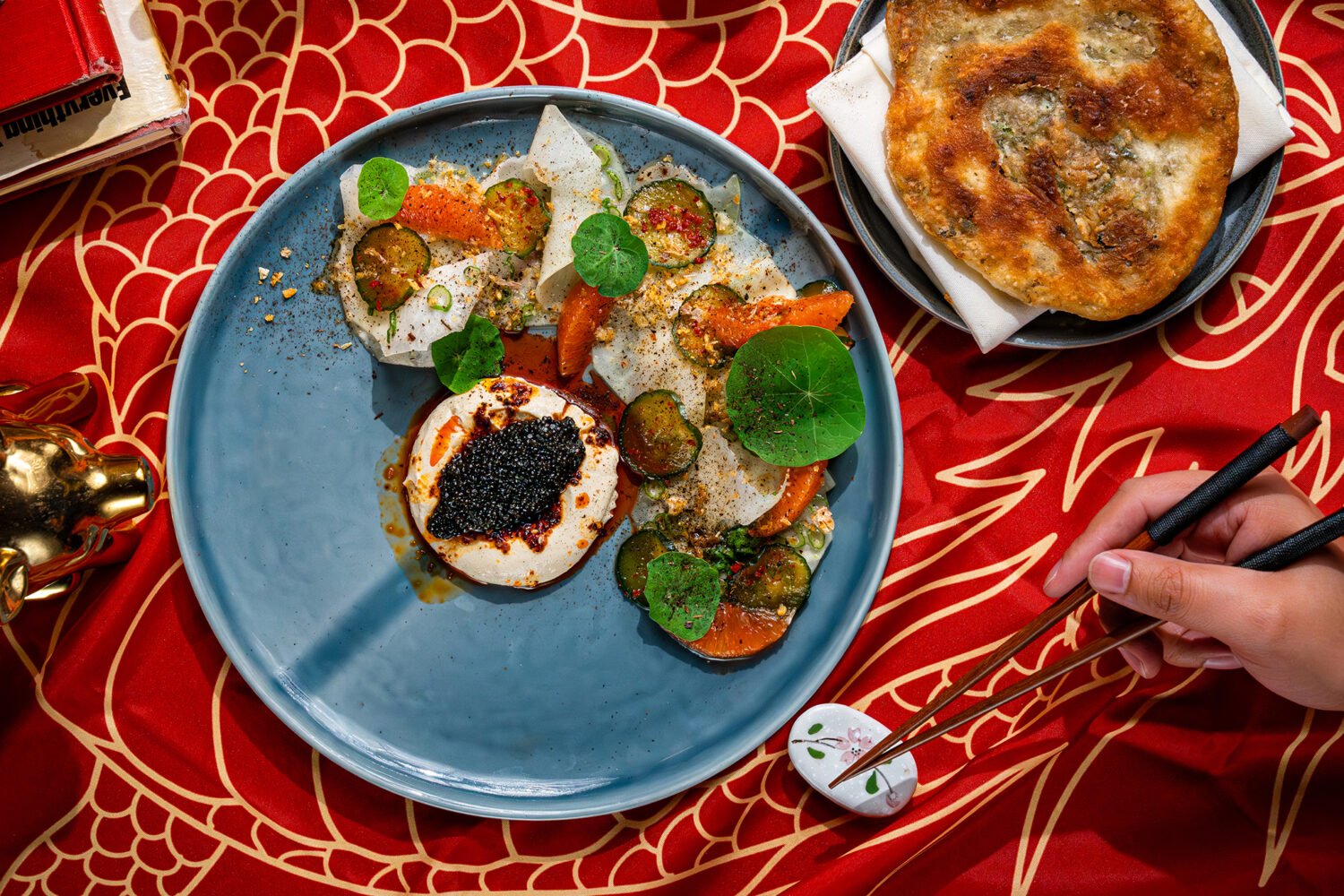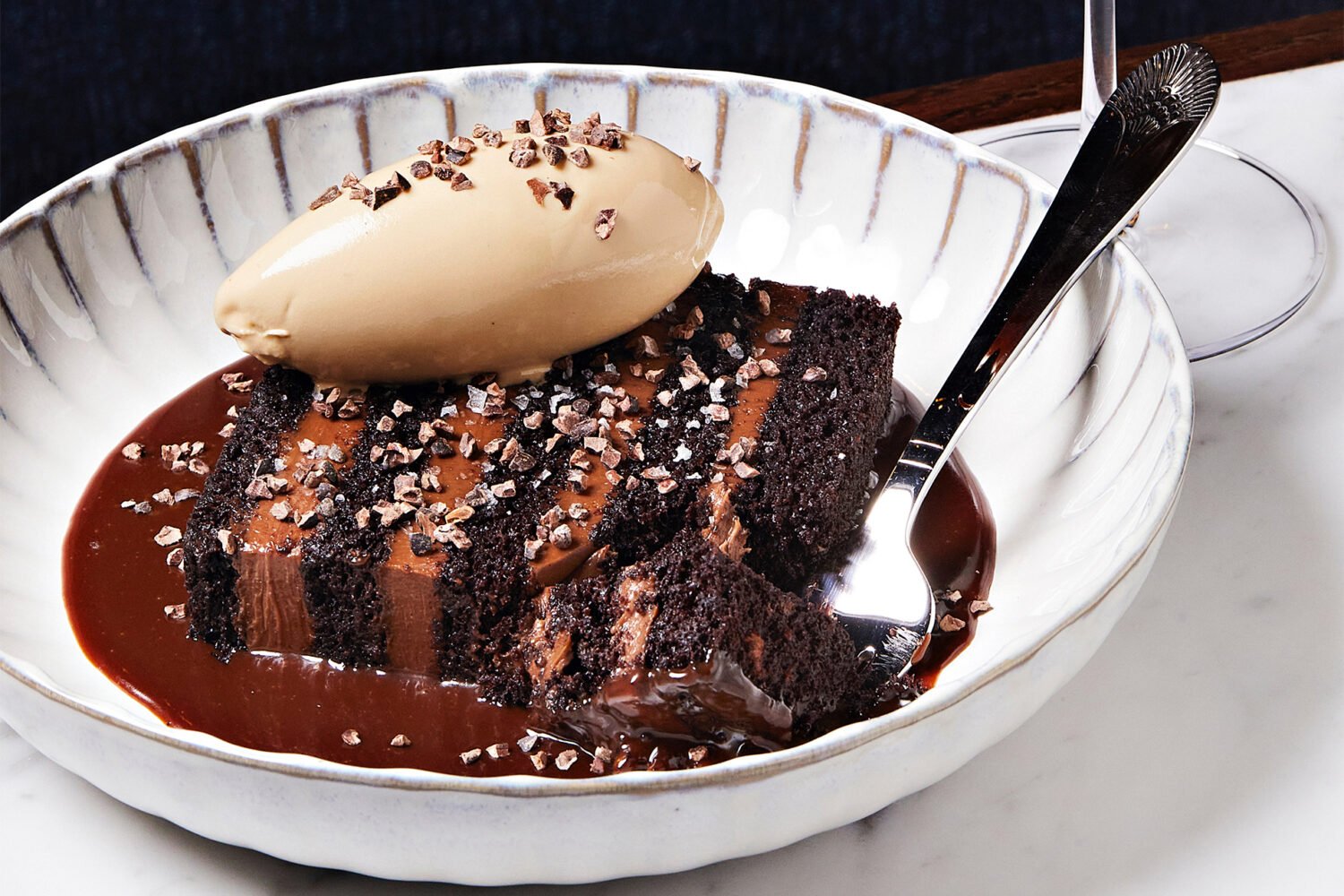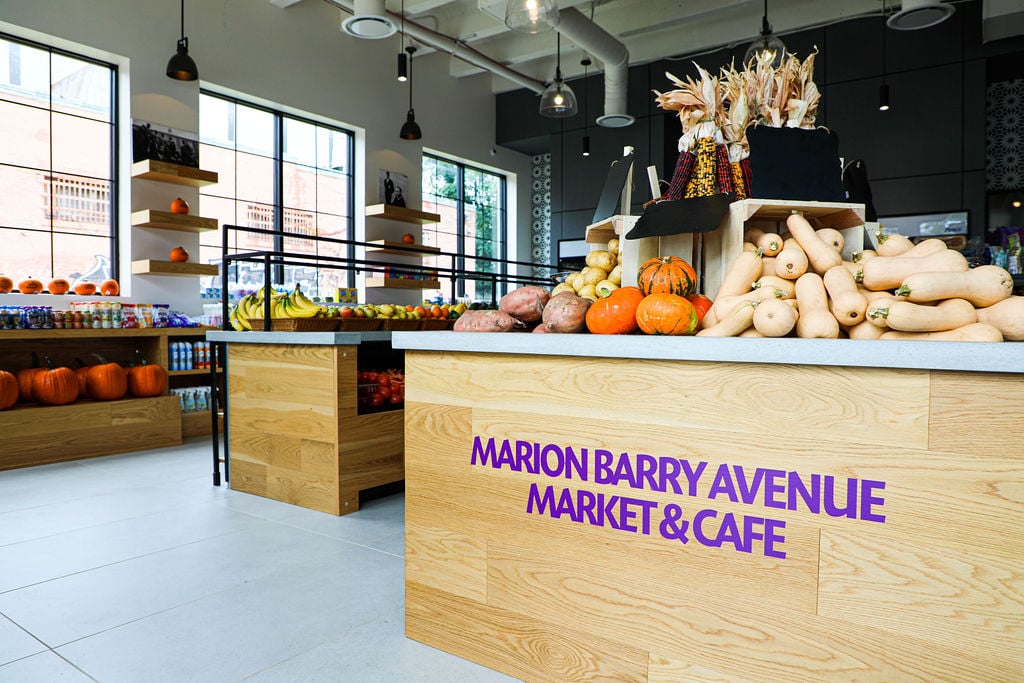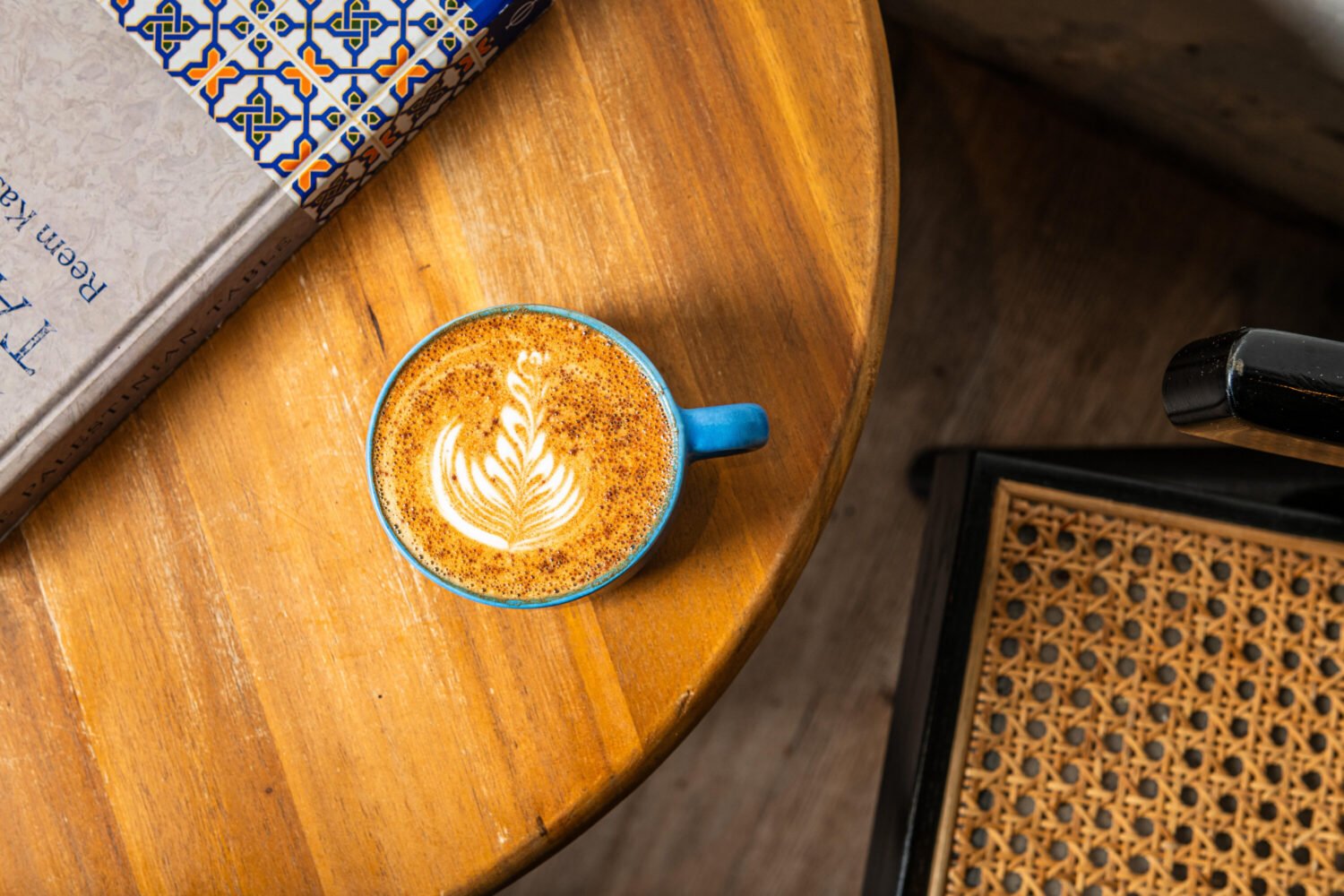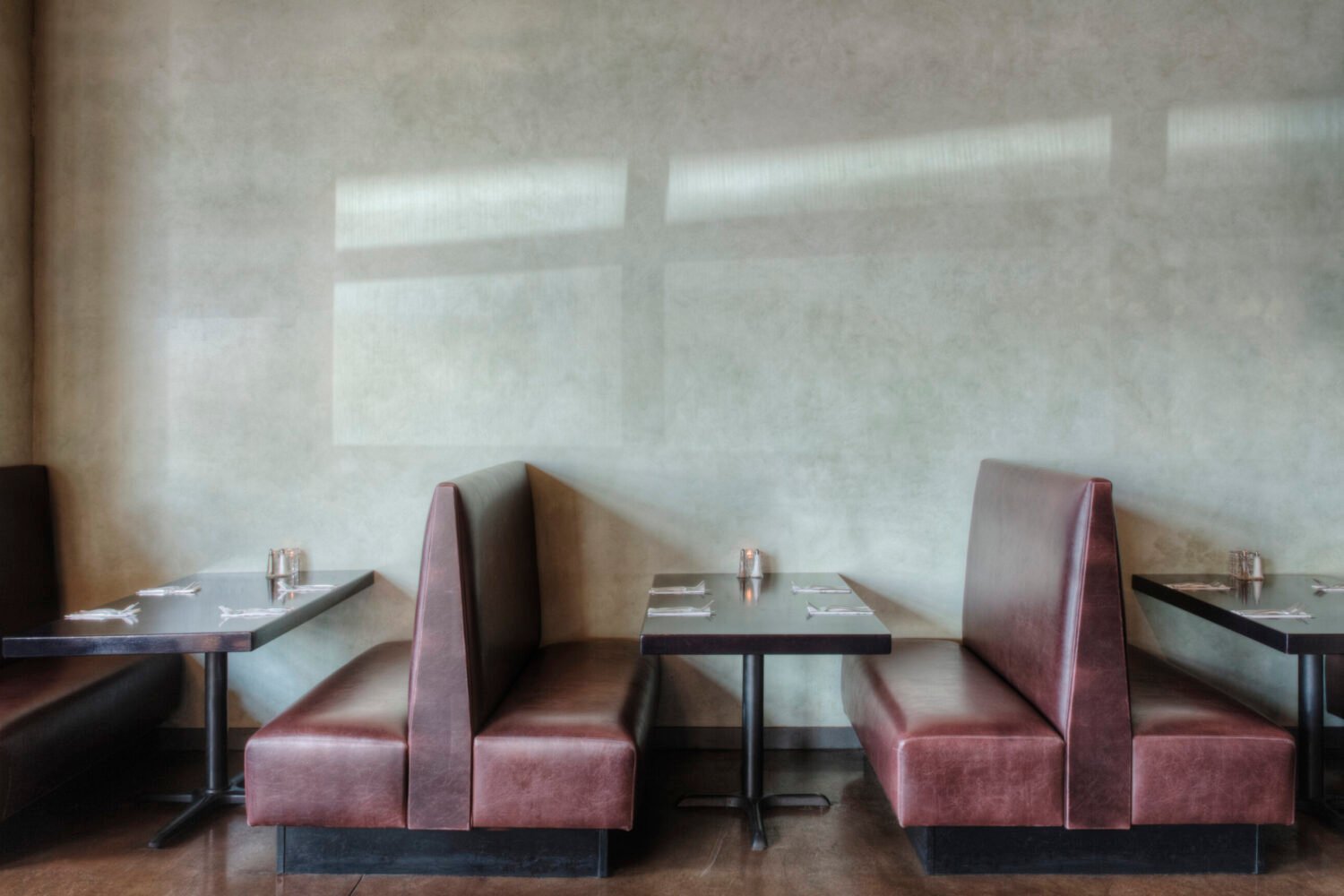Two days after its official opening on Valentine’s Day, the Penn Quarter ramen restaurant
Daikaya received a visitor: a well-groomed man with round glasses and a neat row of
bangs across his forehead. The man bent over a big bowl of soup, took a slurp from
its broth, and smiled his broad smile. Later, he would remember thinking, “This is
Japanese ramen.” Seeing him smile, Daikaya co-owner
Daisuke Utagawa recalled a wave of emotion washing over him. “I had to run back into the kitchen,”
he says.
“It was like your dad saying, ‘Good job,’” agreed chef
Katsuya Fukushima, who is helming the kitchen at the ramen spot as well as the upstairs
izakaya, which is set to open in the coming weeks. Fukushima came to the project from a fine-dining
background—he worked for José Andrés at Cafe Atlantico and Minibar, and his résumé
lists stints at Vidalia and Cashion’s Eat Place. Though he was born in Japan, he left
the country as a young child and only really reconnected with his native land while
traveling along with Utagawa and partners to prepare for Daikaya. Another part of
his preparation: spending three weeks cooking alongside the man with the round glasses—ramen
master
Sakae Ishida, (or “Ishida-san,” as Fukushima calls him, “san” being a designation of respect in
Japan). This stage took place inside the Nishiyama noodle factory in Sapporo, Hokkaido,
the birthplace of miso ramen, a beloved soup style in Japan. Despite his white-tablecloth
pedigree, Fukushima approached the process with humility. “This isn’t rocket science,
but it’s real cooking, true cooking,” he said.
“It can drive a good chef crazy, in my opinion” says Utagawa. In its very simplicity,
ramen is extraordinarily complex—a contradiction mirrored in the challenge of eating
it: You want to get the noodles in your mouth, but you have to contend with the steaming
soup, and armed only with a pair of chopsticks. All three of the men spoke of the
impossibility of creating a perfect bowl. The goal, instead, is balance. There should
be balance among the four important components of the soup—stock, noodles,
tare (the miso-based concentration that serves as Sapporo ramen’s primary seasoning)—and
the secondary seasonings: spices, condiments, and toppings. And there should be balance
within each component—in the way the stock shows off the umami of the ingredients
that compose it, in the structure and texture of the noodles, in their elasticity
and springiness. Temperature, elevation, water—all these things impact the texture
of the noodle, so modifications and tweaks are always necessary.
Nishiyama Seimen Company makes noodles for hundreds of restaurants around the world,
though the only other place that cooks them in the US is Ren’s Ramen in Wheaton, Maryland. Ishida boards an airplane about 70 times a year to travel to
restaurants serving the company’s noodles, and spends much of the rest of his days
visiting Japanese ramen shops. The noodles can be found at soup spots in countries
such as Dubai, Belgium, the Netherlands, Hong Kong, Singapore, and throughout Japan.
It is Ishida’s job to ensure those venues are offering an experience in keeping with
Nishiyama’s spirit of excellence.
Daikaya makes four types of ramen, adhering as much as possible to the traditions
taught by Ishida. Down the line, Utagawa and Fukushima may work in original twists
on these classic soups, but both are adamant that they want recipes to evolve naturally
and over time. “I want to do Sapporo ramen first,” explains Fukushima. “What I put
out is where I am in my ramen career. What I’m offering is genuine.” The ramen master
seems to agree.

